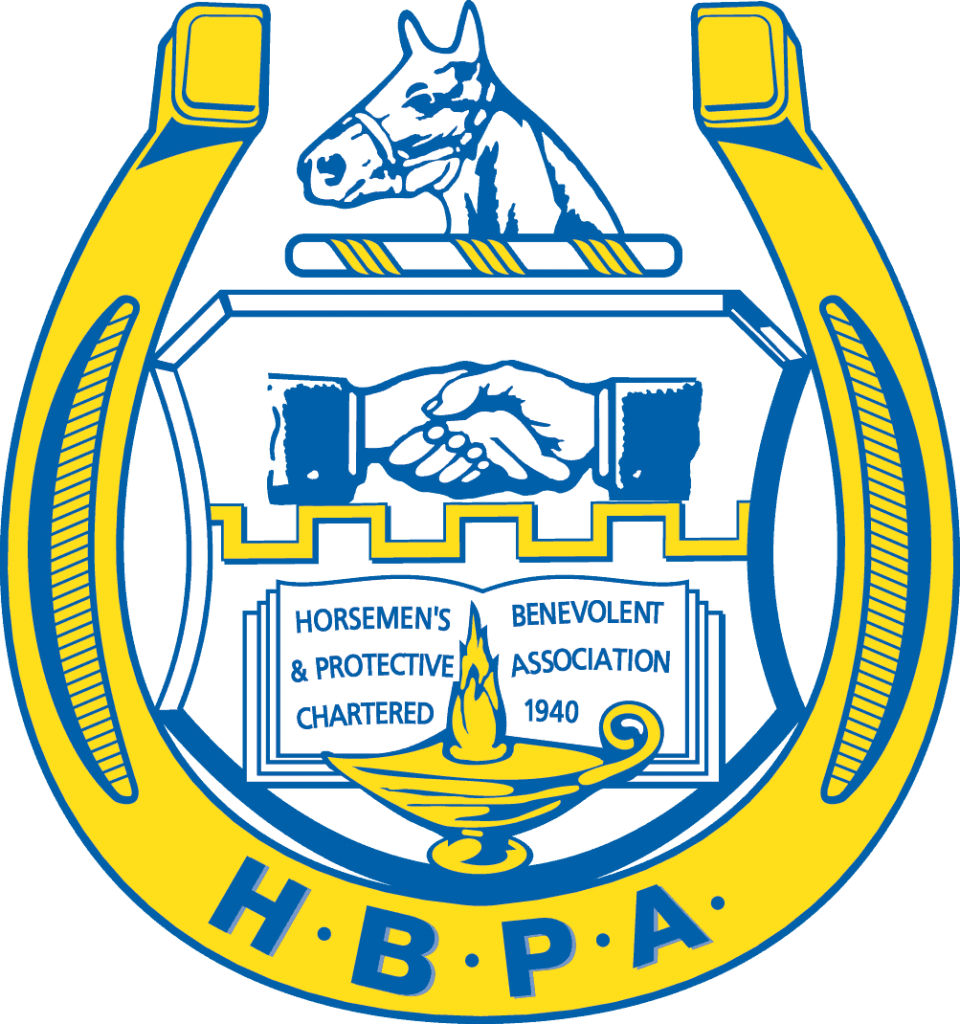
National HBPA Photo
Kent Stirling Memorial Medication Panel at HBPA Conference
- “Scariest thing is when somebody in authority says ‘Just trust me’’
- What a bufotenine finding in a horse has to do with a female flea
- How U.S. horse-racing testing numbers stack up with human sports
- Fenger: It’s not uniformity when labs can vary how low they go
- Tobin: It’s not just human to horse transfer — watch that dog!
- Marquez: HISA using private entities threaten transparency, accountability
National HBPA Press Release
NEW ORLEANS, La. — Screening levels based on science for post-race testing are essential for the integrity of the horse-racing industry — as is public information about how such policy is made.
While fleas and dogs got (separately) into the discussion, that was the major takeaway from the Kent Stirling Memorial Medication Panel on Wednesday’s second day of the National Horsemen’s Benevolent & Protective Association conference at the Hotel Monteleone.
With today’s super-sensitive testing capabilities, the National HBPA has long advocated for scientifically developed screening and threshold levels used to determine if a positive finding is a legitimate rules violation, or if a negligible amount was inadvertently transferred to a horse or by contamination with no pharmacological impact on the animal’s performance. The topic has added urgency with the Horseracing Integrity & Safety Authority (HISA) taking over control of equine-testing policy and enforcement as early as March 27.
HISA CEO Lisa Lazarus has said trainers will not be penalized nor horses disqualified for irrelevant trace levels of substances readily found in the environment. However, there is nothing in HISA’s proposed medication and drug rules that state that. Lazarus’ comments also seem at odds with what has been said by Dr. Mary Scollay, chief of science for the organization contracted to implement and enforce HISA’s rules.
“The scariest thing for me is when somebody who is in a position of authority — a regulator, a prosecutor — says ‘Just trust me. I know what I’m doing. Just trust what I’m doing,’” said El Paso attorney Daniel Marquez, whose law practice includes representing horsemen in the Southwest. “OK. I’ve been there, been that person. I don’t trustme. There needs to be accountability.
“… (If) you can support and justify your judgment, that makes you a good regulator, a good enforcer of the rules. Unless you can provide the information for others to look at, to critique, to scrutinize, your justification can never be challenged. That is something about which we all should be very wary of.”
What a bufotenine finding in a horse has to do with a female flea
Bringing sensitivity into sharper focus, drug-testing and toxicology expert Dr. Steven Barker — now an Emeritus Professor at Louisiana State University after retiring following years as head of its state equine drug-testing lab — used an example of bufotenine, which can be detected in horses’ post-race tests if (among other things) they ate hay with reed canary grass in it, and a flea.
First, a couple of explanations about metric measurements: Barker said a small paper clip weighs a gram. A microgram is a unit of mass equal to one-millionth of a gram. A picogram is equal to one-trillionth of a gram.
Barker cited three horses in the Mid-Atlantic in whom bufotenine was detected at the extremely low levels of between 34.5 and 56.6 picograms per milliliter in blood and between 731.5 and 1,964.5 picograms/ml in urine. If those sound-like big numbers, Barker said to consider that “the weight of a new-born female flea, prior to its first blood meal, is 450 micrograms. The blood volume of a horse is approximately 50,000 milliliters.
“So, if a horse has 56 picograms per mil of bufotenine in a sample, the total amount of bufotenine in the entire horse is 2.8 micrograms – which would be 0.62 percent of a female flea,” Barker said. “So, you imagine a 500- kilogram animal that has 0.62 of a female flea distributed throughout its entire body, what do you think the drug effect would be? Zero to nothing. And this is the case in a lot of the positives being called now.
“… If HISA is going to do its job, these kinds of positives have to be given scientific consideration. Not ‘Oh, we found it, we confirmed it, you’re guilty.’ I’ve seen that way too much. Are they going to worry about the integrity of the industry, worried about giving the industry a black eye for all these positives? When really the more important thing is the integrity and reputation of trainers, owners and the horses affected.
“What if it had been a horse that won the Kentucky Derby?” Barker added mischievously, having been an expert witness for trainer Bob Baffert in the appeal of Medina Spirit’s disqualification of his 2021 Kentucky Derby victory for a medication overage. “So, using science, coming up with reasonable levels to call positives that really do meet their mandate, is what HISA should be doing. I don’t know that they will. I certainly hope they do.”
How U.S. horse-racing testing numbers stack up with human sports
Dr. Clara Fenger, a Central Kentucky-based veterinarian and racehorse owner with additional degrees in internal medicine and equine exercise physiology, started off the panel with some statistics. She said in 2021, the World Anti Doping Agency reported 0.77 percent positive tests out of the 241,430 athletes tested worldwide, with 40 percent of the violations being for illegal anabolic steroids. A very small amount is from inadvertent environmental contamination, she said.
In the United States in 2020, out of 243,627 racehorse tests, only 0.43 percent were declared post-race positives. Of those, 28 percent were for Class 1 substances, and most of those could reasonably be considered inadvertent environmental transfer, such as with methamphetamine and morphine, she said.
But while violations in human sports were down 1.19 percent from 2013, U.S. horse racing rose to that 0.43 percent of positive findings from 0.34 percent in 2013, Fenger said. While that still reflects very few “true” attempts to cheat, in her words, she said the bump in horse racing is explained by labs using their increased sensitivity to find irrelevant minuscule levels of substances that would not be called positives in human testing.
“Has the increase in positive tests in horse racing indicated that HISA is necessary to reverse the trend?” Fenger asked, then answering no. “HISA doubles down on calling violations for environmental contamination and insignificant trace levels.”
Fenger: Labs will be allowed to vary how low they call a positive finding
Fenger said labs that will enter into contracts to do testing for HISA must be able to detect substances down to a specified minimum level, known as Minimum Required Performance Levels (MRPL). However, the lab can elect to call a positive finding at any level below that minimum, she said, adding that flies in the face of HISA’s mission of bringing uniformity across all racing jurisdictions.
“For substances that reflect actual cheating, this is a great system,” Fenger said. “Because if one lab can find it really, really low, they can share their methods with other laboratories and they can all find it better…. But for therapeutic medication, this represents a huge difference in regulations state to state, depending on the laboratory doing the testing.
“Not one existing or proposed HISA regulation could have stopped the federal indictments (in 2020 of trainers Jason Servis, Jorge Navarro and 25 others for conspiring to dope horses). Not one…. HISA’s screening levels are not based on science, making some therapeutic medication violations essentially impossible to avoid.”
Prescription transfer: Human to horse – and now dog to horse
Dr. Thomas Tobin — the longtime consultant to the National HBPA who is a veterinarian and renowned expert in equine pharmacology and toxicology at the University of Kentucky’s Gluck Equine Research Center — shared a couple of unusual cases that illustrate how minute levels of substances can transfer to a horse without direct administration.
One came amid a rash of positive findings for the seizure and shingles drug Gabapentin in Ohio, which has an “in-house” screening level of eight nanograms (parts per billion) per millimeter of plasma, Tobin said. The finding of 89.4 ng/ml in a horse’s post-race test was traced to the groom, who had a prescription for Gabapentin and urinated in the horse’s stall. Three other drugs prescribed for the groom were found in the horse — the largest known number of human prescription medications transferred together to a horse to date, Tobin said.
In another case, the urinating culprit was … a dog.
The Irish Times reported that a racehorse owned by a veterinarian was disqualified from a victory after the post-race test revealed the presence of Gabapentin. That result was determined to have come from the family dog, who was being treated with Gabapentin and had access to the horse stalls.
“It’s now official in the published domain that you can dose a dog with Gabapentin, and it can turn up in a racehorse,” Tobin said.
Tobin said he was asked to work on a plasma cutoff for fentanyl for equine testing, below which there would be no pharmacological effect, because of the street drug’s widespread availability. (He said he’s in the process of publishing a recommended screening level of 50 picograms per milliliter of plasma.)
El Paso attorney fears losing transparency, accountability
Daniel Marquez, the El Paso attorney joining the pharmacology experts on the medication panel, said his experience as an active-duty judge advocate with the U.S. Marine Corps formed his philosophy “and the perspective in which I look at the current state we see with respect to the federal regulation within the horse-racing industry.
“… The bedrock concept of what curb regulators is the fact that there’s transparency, there’s accountability. And HISA lacks that.”
Alluding to Tobin and Barker noting their research benefits from data acquired through open-records requests, Marquez said, “That’s accountability, that’s transparency. With the addition, the inclusion of private entities into the HISA rulemaking and policy adoption, we threaten that accountability, that transparency.”
Marquez said there was a rash of corticosteroid overages in 2018 after New Mexico switched testing laboratories. Information gathered through open-record requests documented the difference in methodology between the two labs, with the courts ultimately holding trainers blameless for their horses’ positive findings.
“But it had to be pushed,” Marquez said. “This had to be fought in court to get to that point. And those decisions were not appealed. Why is that important? Without that ability to go and get that information, individuals may have been held liable for something that was not their fault.
“With HISA and the reliance on individual labs, some of which are private, we lose part of that arm of accountability. Private labs are not subject to those (Freedom of Information Act) laws or state open-record laws.”
“… As you heard from the panel, the scientific basis for many of these MRPLs or threshold substances, that’s information that needs to be known… With the challenges coming now with the new HISA proposed rulemaking, those are matters we need to take into consideration…. We need to be sure these regulators are following the rules, that they’re being the people in the white hat.”
The conference’s panels and presentations conclude Thursday.







